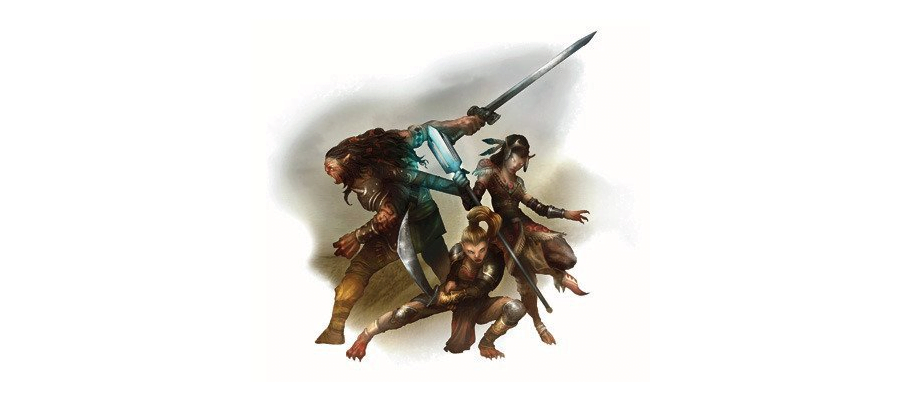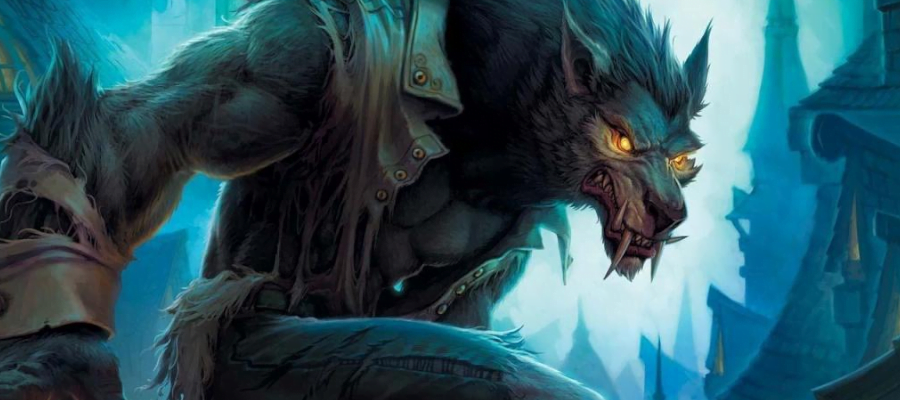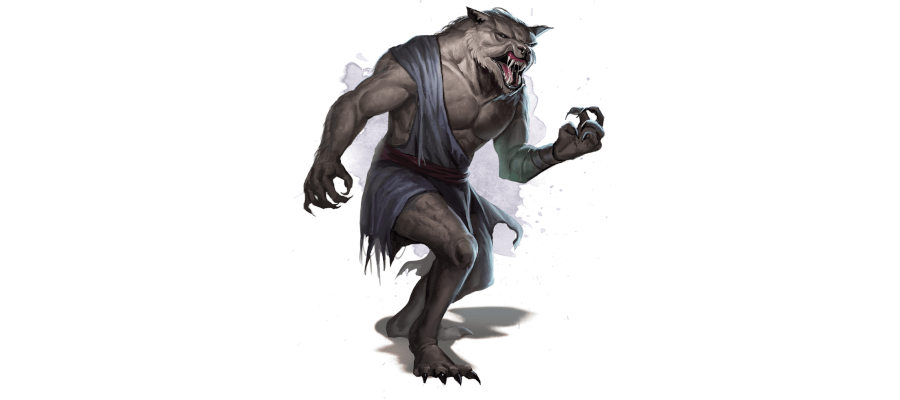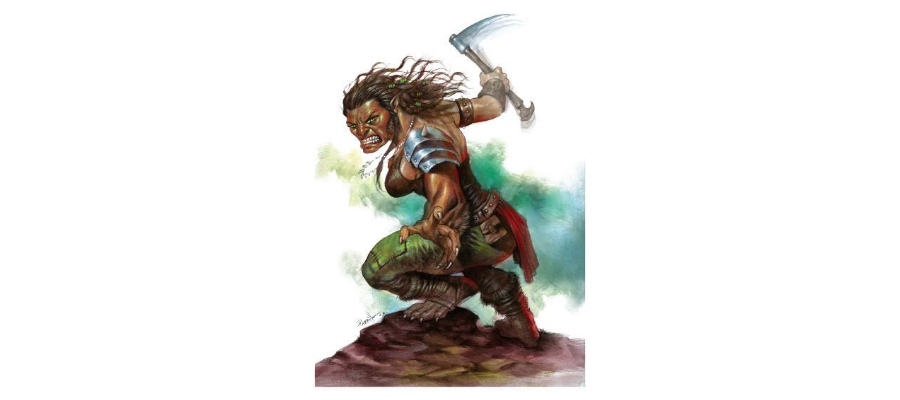The promise of Dungeons & Dragons is that it’s a game system that lets you play with a wide variety of fantasy tropes to construct, generally, a fair game that also lets you experience a narrative. It is a deliberately broad system. In its earliest incarnations, it was narrow, and there used to a random whore table but no way to craft pants, and now, in the current days of 5e, the rules system handles all sorts of interesting rules attachments and modules that make the widely available, easily engaged game capable of doing even more stuff.
And this is, generally, seen as a bad thing, coincidentally by people who are heavily invested in other things.
But the promise of D&D, as a system that can include a lot of things, is sometimes at odds with the promise of D&D as a system that allows for a reasonably fair game. Such as in third edition, the period I want to talk about today, ‘fairness’ in what characters could do, in any reasonable estimation, was completely bananas. Absolutely troppo.
Anyway, let’s talk about werewolves.
Werewolves are a classic fantasy trope, in that particular category of things that were so old they’ve lost a lot of the traits that make them dehumanised and alienated. I’m sure it took some time, I don’t imagine that Welsh villagers in the 1600s were at that point going “I wonder how these waierulfs fuck,” because they were probably too busy with other concerns. Still, in fiction, the werewolf occupies a common space of a ‘person, but a monster,’ and over enough time that gets to be ‘a monster, but a person,’ and then eventually, just ‘a type of person.’
My personal preference for a werewolf is to definitely keep closer to the ‘person, but a monster,’ vibe. The werewolf, for me, works as a useful way to make a material metaphor out of experiences like being violent against your will, or excluded for something that’s not your fault, or being a sick wolf monster that can totally fuck up evil priests.
They show up in fantasy fiction a lot – they’re great for when you want to do something like a murder mystery, but where the end of the line, when you reveal the murderer, it’s not just a procedural where the guards throw them in a room for a bit, but rather there’s a sudden fight with a now much-stronger, much more dangerous monster villain. That’s great, I’m sure there’s Murder On The Orient Express With Werewolves, that’s probably out there somewhere.
They also just… have an appeal. They’re shapeshifting badasses. Lots of stories about werewolves let them be heroic, or at least ambiguously villainous. Then eventually, we got stories that were mostly about werewolves. There were, even, at the time of 3e D&D, whole roleplaying games about being werewolves.
Not a good option for players though.
The werewolf in 3rd edition was a pretty cool example of a design known as a template. The template worked by taking the existing information about your character, the hit points, ability scores, all that stuff, and adding to it, in each category, more stuff. Stuff like more abilities and effects, better stats, natural attacks, the ability to shapeshift – all the stuff that makes a werewolf feel like a werewolf.
Since all this stuff was good, you couldn’t just have it – you had to give up levels’ worth of progression for it. If a character got to be a werewolf, you got what was called a ‘level adjustment,’ which was a sort of fake number of levels to cover for the gap. A level 13 human might be equivalent in power to say, a level 12 Tiefling, since the Tiefling got a +1 level adjustment.
Werewolves got a +3 level adjustment, which meant that if you were to start the game as level 6 characters, the werewolf, a character ostensibly good at fighting people in melee, was missing an attack. If you cast spells, you were one or two whole levels of spell behind, so while people were casting level 5 spells, you were casting level 3. Also, you were 3 hit dice down. At level 4, that meant a level 4 fighter had 4d10 hit points, and the werewolf fighter had 1d10. It’s a big gap in the early game.
Later on, the werewolf was less of a burden, though you’d never want it for power gaming reasons, since by level 12 or so, it wasn’t doing anything you couldn’t do better, cheaper with magical items and weirdo class features. The funniest part of the werewolf was that by level 5, a druid could do Being A Werewolf as part of a class feature, and that class feature was so good, turning into a wolf was never worth the time.

Werewolves are cool, but they’re not really good. A level adjustment 0 werewolf would be pretty choice – you could go with the Hengeyokai from the Oriental Adventures book, but they’re a bit bad, have a level adjustment of +1, and don’t give meaningful value for it. It’s just one of those ideas that players can look at as being really cool, but if they ever take it, it’ll make them weaker in almost any circumstances they want to do the thing they do. You don’t make a werewolf so you can avoid running into combat for fear of being smeared across the countryside by an ordinary enemy’s attack, right? A werewolf should, should, well, feel werewolfy, and that means you should have a way to ‘get better at fighting,’ then fight.
Enter Eberron’s Shifters. Shifters are a level adjustment 0 race, descended from werefolk that trade a lot of the specific, distinct powers of wererats and werebears and werewolves and just cooks them into ‘shifts to get faster’ and ‘shifts to get stronger.’ The Shifter presented a ‘werewolf’ feeling character that could fit into an ordinary adventuring party, without completely disrupting everything and throwing the balance all cattywumpus, and also without being as delicate as a china plate.
The Shifter is, however, also a proprietary brand identity race from Eberron, which means that I can’t just freely show off the rules for them. I mean, I could, nobody cares, Rich Baker isn’t going to fly from Florida over to my house to beat me up. There are a lot of places on the internet to freely download the information. Still, the fact that the Shifter is a specific setting creature always struck me as an interesting element of it, because, well, Eberron is a place with rules. Eberron has its own identities, and part of those identities – like a relationship to an ancient empire of lycanthropes, or cycles of moon and dusk goddesses – tie into how the Shifter solves its particular problems of werewolfness for player characters.
Anyway, 4e solves the problem excellently, but we’ll talk about that later.



1 Trackback